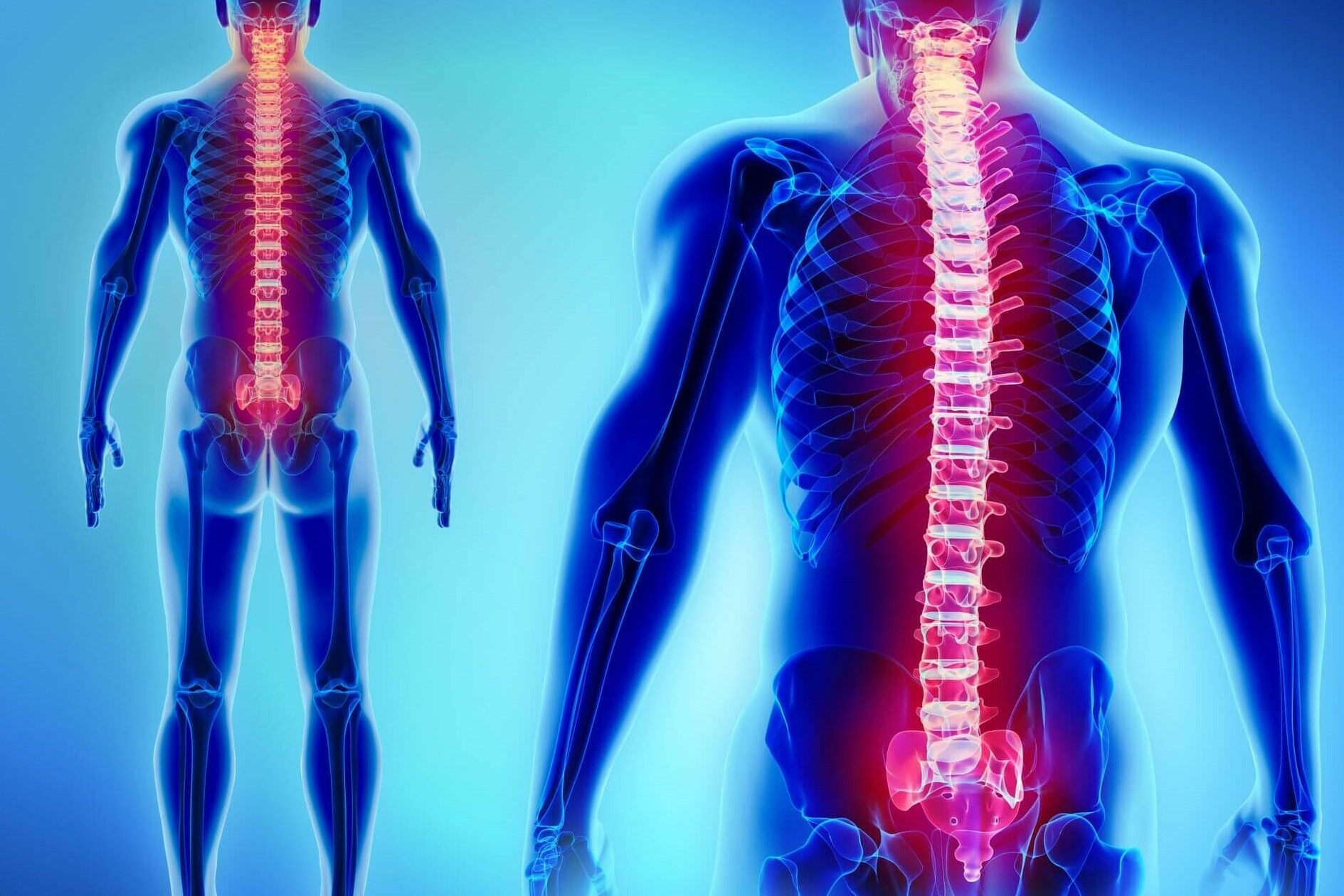
Spinal canal decompression: what it is and when it is performed
Vertebral canal decompression is an intervention aimed at resolving compression of the vertebral canal, which may occur due to multiple causes (hypertrophy of joints, ligaments, alterations to the vertebral body, presence of disc protrusions)
Spinal canal compression involves compression of the nerve structures inside the canal; it may be limited to a single level or extend to several levels.
THE BEST SPINAL TABLES? VISIT THE SPENCER BOOTH AT EMERGENCY EXPO
What is spinal canal decompression?
Spinal canal decompression is an intervention aimed at resolving compression of the spinal canal.
There are two treatment options for resolving vertebral canal compression: in cases of mild compression characterised by mild symptoms, conservative physiatric and pharmacological treatment is usually indicated.
In more severe cases of compression, surgery is usually recommended.
How is vertebral canal decompression performed?
While in cases of mild compression conservative physiatric and pharmacological treatment is usually indicated, in more severe cases surgery is recommended.
Vertebral canal decompression surgery consists of widening the vertebral canal by removing the vertebral laminae (decompressive laminectomy) through a posterior mid-lumbar approach.
Very often it is also necessary to partially mill the facet joints of the vertebrae, as they are often the cause of compression of the vertebral canal.
To prevent future vertebral instability in these cases, fixation with screws and rods is also performed at the levels affected by the decompression.
Who can undergo vertebral canal decompression?
Since this is an extremely delicate operation and of fundamental importance for maintaining a good quality of life, all subjects for whom this type of approach is necessary are candidates for this type of operation.
Subjects for whom there may be contraindications to undergoing this type of surgical approach are very elderly and/or frail patients, patients with blood clotting problems, and patients with severe osteoporosis.
What are the advantages and disadvantages of the treatment?
This type of surgery makes it possible to treat a pathological condition that could not otherwise be treated: when surgery is deemed necessary, therefore, the ‘pros’ of the treatment outweigh the ‘cons’.
Is spinal canal decompression a painful and/or dangerous operation?
The surgical approach of vertebral canal decompression, although the surgical techniques currently used are increasingly state-of-the-art, can be quite invasive and, like all surgical procedures, is not without post-operative complications (which can also be significant).
Follow up
After undergoing spinal canal decompression, it is necessary for the patient to be kept under close medical supervision to assess his or her state of health in the post-operative period.
As it is a very delicate procedure, it is advisable for the patient to remain at rest for a few days after the operation, also to recover from the general anaesthesia.
Usually the patient is made to get up in the morning after the operation and discharged after a few days; he/she can resume normal activities while avoiding major exertion for about two months.
The patient will then undergo periodic check-ups to assess that the clinical picture and the surgical course are regular.
Preparation rules
The patient may be asked to undergo blood and X-ray tests or specialist examinations in order to avoid complications during and after surgery.
The operation is usually, except in some cases, performed under general anaesthesia, so it is necessary to follow the preparation rules required for surgery under general or local anaesthesia.
If general anaesthesia is administered, the patient should be fasting from the previous midnight.
Generally for this type of surgery, the patient is asked to lie on his stomach on the operating table, with his back to the surgeon; he is then put to sleep.
Read Also:
Emergency Live Even More…Live: Download The New Free App Of Your Newspaper For IOS And Android
Exoskeletons (SSM) Aim To Relieve Rescuers’ Spines: The Choice Of Fire Brigades In Germany
Spinal Shock: Causes, Symptoms, Risks, Diagnosis, Treatment, Prognosis, Death
Spinal Immobilization: Treatment Or Injury?
10 Steps To Perform A Correct Spinal Immobilization Of A Trauma Patient
Spinal Column Injuries, The Value Of The Rock Pin / Rock Pin Max Spine Board
Spinal Immobilisation, One Of The Techniques The Rescuer Must Master
Spinal Column Immobilisation Using A Spine Board: Objectives, Indications And Limitations Of Use


